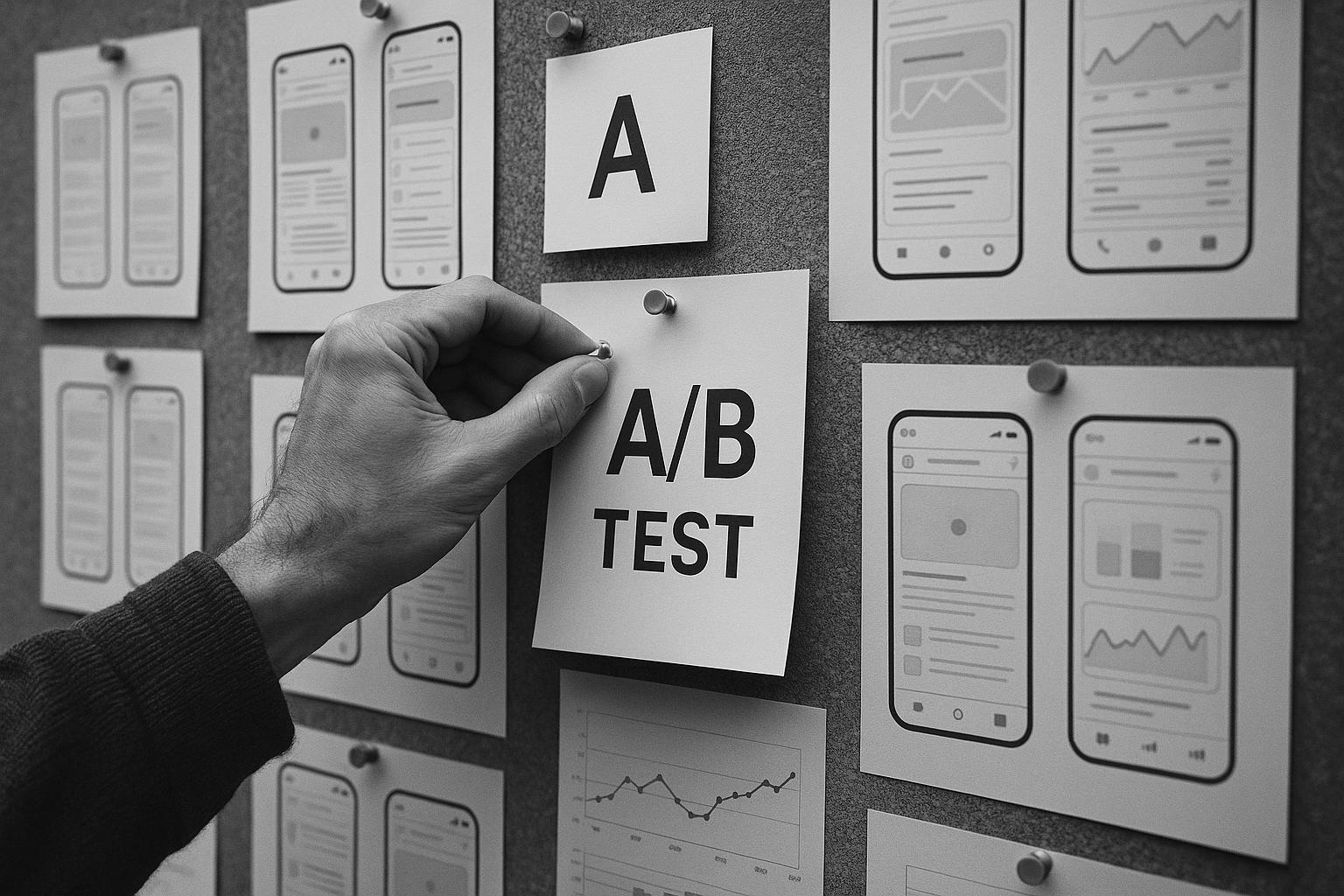App creatives are no longer an optional flourish; they are a strategic lever that can determine whether an app scales or stalls. Speaking to Business of Apps at App Promotion Summit London 2025, Peggy Anne Salz spoke with Megan Evans, Creative Director at ConsultMyApp, who argued that creative work should be treated with the same rigour as acquisition and product decisions — planned, measured and iterated rather than an afterthought handed to a generalist designer.
That mobile‑first imperative means thinking beyond a single asset. According to ConsultMyApp’s creative services material, effective creative strategies span the whole funnel: paid acquisition, App Store conversion and retention communications. Industry playbooks and platform guides concur, stressing that format, KPI and context differ across video, playable and native placements, so creative teams must align production with analytics and UA metrics rather than treating assets as one‑off designs.
Testing, Evans emphasised, is not optional — it is the mechanism that turns creative opinion into evidence. “Don’t change too much at once — otherwise you’re never going to understand exactly what’s moving the needle,” she told Business of Apps, echoing established A/B testing discipline that insists on isolating a single variable per experiment, choosing clear KPIs and ensuring sufficient data to avoid false conclusions.
That discipline can produce surprising results. Evans pointed out that “sometimes it’s the one you don’t want that wins,” a reality that marketers increasingly encounter as lo‑fi, user‑generated or purposely “imperfect” ads often outperform highly polished creatives. Analyses of creative performance suggest psychological drivers — from perceived authenticity to the pratfall effect — explain why raw, native‑style assets can generate higher engagement when they are the right fit for the audience and properly validated by testing.
Measurement also reveals trade‑offs. Recent creative analyses show that the assets which most effectively drive initial installs are not always the same ones that maximise Day‑7 retention or lifetime value. That tension underlines why creative strategy must be joined to measurement: immediate click activity (CTR, IPM) and conversion (CVR, CPI) need to be read alongside retention metrics so teams can choose formats and messages that support longer‑term business goals, not just short‑term acquisition.
Part of the problem, Evans argued, is skill mismatch: generalist designers often miss mobile‑specific nuances that lift conversion. ConsultMyApp presents creative as a specialised, data‑informed discipline — one that marries craft with analytics — and platform guidance recommends allocating budget and talent to continuous creative optimisation rather than ad‑hoc asset production.
Technology is changing how teams deliver that work. Evans noted that automation and AI are already freeing creatives from repetitive production tasks: “Instead of spending time on things that can be automated through AI, we’re now focusing on the parts that need the human brain,” she said. Creative automation tools can handle batch edits, templating and resizing at scale, enabling faster iteration and consistent cross‑channel execution while leaving strategy, concepting and nuanced testing to people.
Putting those pieces together means building cohesion across acquisition, store listings and retention. ConsultMyApp and industry practitioners advise producing complementary assets — UGC‑led paid clips, store‑optimised imagery and CRM‑tailored creatives — so that users see a consistent story at every touchpoint, and so learnings from one channel inform experiments in another.
For practitioners, the practical checklist is straightforward: set clear KPIs tied to business outcomes; run disciplined A/B tests that change one variable at a time; embrace authentic formats when they outperform polished work; and use automation to scale repetitive production while preserving human judgement for strategy. Taken together, these steps turn creative from an artful afterthought into a repeatable, measurable growth function.
The takeaway is that creative excellence is not simply aesthetic — it is systematic. ConsultMyApp and other industry sources present a consistent case: when teams invest in specialist skills, rigorous testing and measurement, and use automation to amplify rather than replace human insight, creative becomes one of the most predictable levers for app growth rather than a roll of the dice.
📌 Reference Map:
Reference Map:
- Paragraph 1 – [1], [2], [7]
- Paragraph 2 – [2], [7], [3]
- Paragraph 3 – [1], [4]
- Paragraph 4 – [1], [5]
- Paragraph 5 – [3], [7]
- Paragraph 6 – [2], [1], [7]
- Paragraph 7 – [1], [6]
- Paragraph 8 – [2], [6], [3]
- Paragraph 9 – [4], [3], [5], [7]
- Paragraph 10 – [1], [3], [2]
Source: Noah Wire Services
